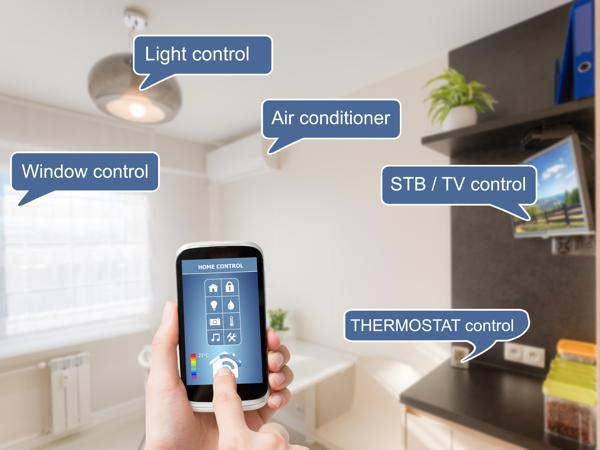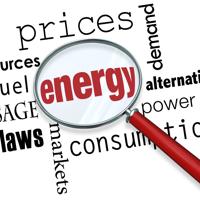Transitioning to off-grid living is a significant decision that many individuals make to embrace sustainable living. If you’re considering this lifestyle, solar power is a practical and environmentally friendly option for energy. In this guide, we’ll explore the basics of using solar power for off-grid living, provide insights, and offer examples to make the concept clearer.
Understanding Solar Power
Solar power harnesses the sun’s energy through photovoltaic (PV) panels, converting sunlight into electricity. It’s a renewable energy source, meaning it doesn’t deplete over time and has minimal environmental impact. For off-grid living, solar power provides an independent electricity source, reducing reliance on external power grids.
Components of a Solar Power System
-
Solar Panels: These panels capture sunlight and convert it into DC electricity. Panels vary in size, efficiency, and cost.
-
Charge Controller: This device regulates the voltage and current from the solar panels, preventing battery overcharging.
-
Batteries: Essential for storing electricity generated during the day for use at night or during cloudy periods. Common types include lead-acid and lithium-ion batteries.
-
Inverter: Converts DC electricity stored in the batteries to AC electricity, which is used by most household appliances.
Benefits of Solar Power for Off-Grid Living
- Independence: Generate your own power, reducing dependency on public utilities.
- Sustainability: Solar energy is clean, helping to reduce carbon footprint.
- Cost-Effectiveness: While initial setup can be costly, long-term savings on electricity bills make it worthwhile.
Planning Your Solar Power System
Assess Your Energy Needs
Start by calculating your household’s daily energy consumption. Consider all electrical appliances, their wattage, and usage duration. This information can help determine the size of the solar power system you’ll need.
System Sizing
Based on your energy consumption, calculate the required number of solar panels and battery storage capacity. Keep in mind that geographical location, average sunlight hours, and seasonal variations can influence the system’s efficiency.
Example Scenario
Suppose you live in a moderately sunny area and consume about 10 kWh per day. You might need around 20 to 25 solar panels, each rated at 300 watts, to cover your energy needs efficiently. A battery bank with a capacity of 20 to 30 kWh would typically provide sufficient energy storage.
Considerations for Installation
- Location: Ensure your solar panels have optimal sun exposure, ideally facing south in the northern hemisphere.
- Tilt and Orientation: Adjust the tilt angle to maximize energy capture year-round.
- Shading and Obstructions: Avoid placing panels near trees, buildings, or other structures that cause shading.
Maintenance and Monitoring
Solar power systems require minimal maintenance. Regularly clean solar panels to remove dust and debris, and periodically check batteries and electrical connections. Many inverters come with monitoring systems to track energy production and consumption, aiding efficiency.
Resources and References
For those interested in diving deeper into solar power, resources like Home Power Magazine and websites such as SolarEnergy.com offer valuable insights. Consider consulting a solar professional for tailored advice tailored to your specific situation.
Conclusion
Embracing solar power for off-grid living is a step towards self-sufficiency and environmental stewardship. While research and planning are essential, the journey can be rewarding. Remember, each solar setup is unique, and adjustments might be necessary to fit personal needs and local conditions. Explore, learn, and enjoy the benefits of renewable energy in your off-grid journey.




